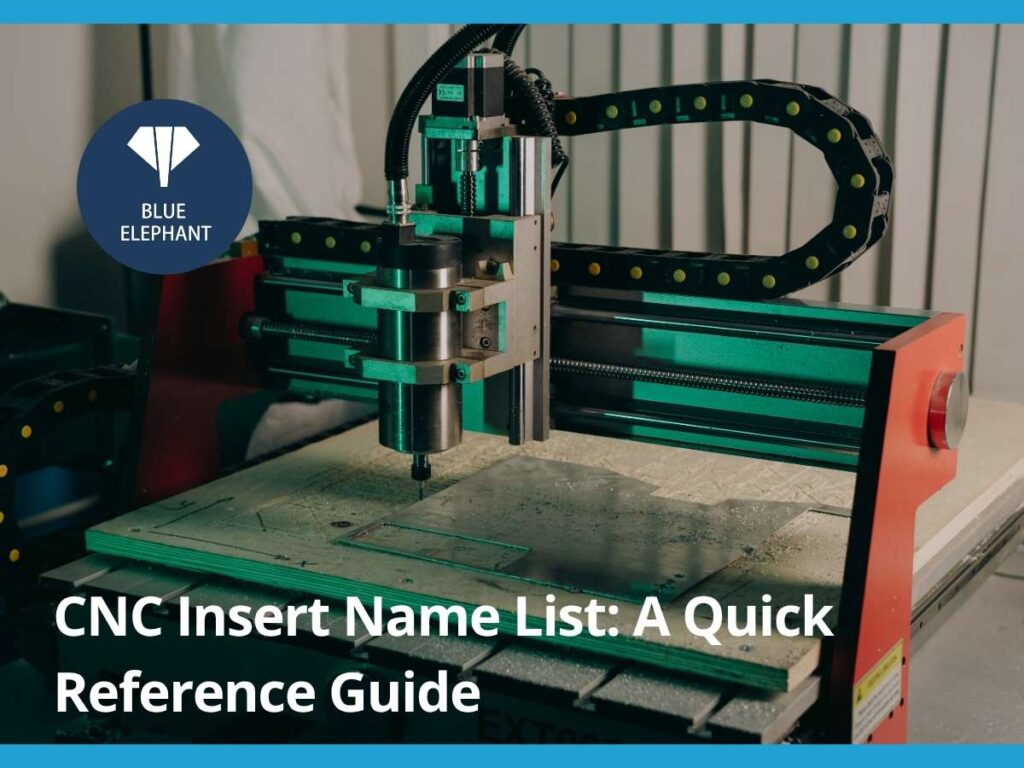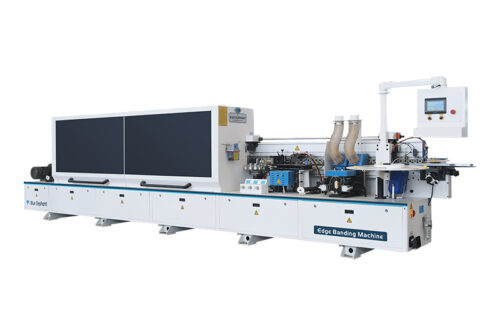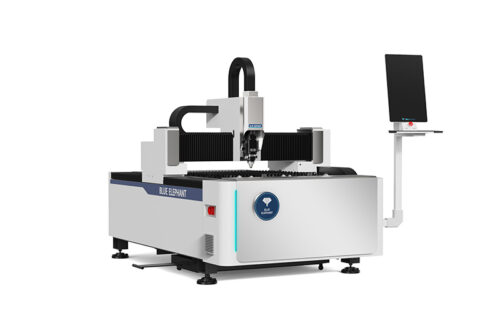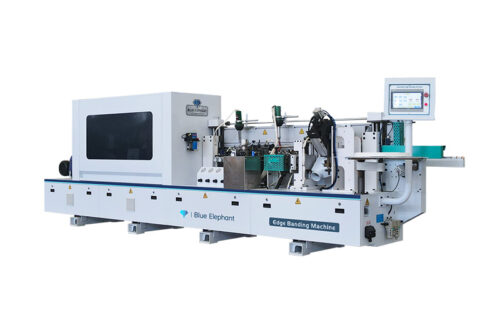A project deadline was looming, and our CNC machine was running non-stop. But the inserts kept failing, forcing us to halt production and replace them. We lost valuable time, and money.
That’s when I realized how critical it is to select the right insert from the beginning.
With years of hands-on experience and research, I’ve compiled a guide to simplify this decision. Instead of sifting through endless options, you’ll get a clear, reliable reference for choosing inserts that deliver performance and longevity.
This guide breaks down different CNC insert types, their applications, and how they can optimize your machining process. It’s designed to save you time, reduce tool wear, and boost efficiency.
Your tooling decisions impact your bottom line. Let’s make them count.
Let’s get started!
1. Material Grade and Coating Codes
The first character in an insert’s designation indicates its shape, which directly influences the insert’s strength, versatility, and suitability for specific applications. Here’s a breakdown of common insert shapes and their corresponding codes:
- A (85° Parallelogram): Offers a larger cutting edge but is less commonly used due to its specific application
- B (82° Parallelogram): Similar to ‘A’ but with a slightly different angle, providing unique cutting
- C (80° Diamond): Known for its balance between strength and versatility, making it a popular choice for general turning
- D (55° Diamond): Allows for intricate machining tasks, suitable for fine finishing due to its sharper angle.
- E (75° Diamond): Provides a compromise between strength and accessibility, useful for specific turning
- H (Hexagon 120°): Offers multiple cutting edges, ideal for operations requiring frequent insert indexing.
- K (55° Parallelogram): Similar to ‘D’ but with a parallelogram shape, suitable for specialized
- L (Rectangle 90°): Provides a straight cutting edge, commonly used in grooving operations.
- M (86° Diamond): A less common shape, used for specific machining requirements.
- O (Octagon 135°): Offers multiple cutting edges, suitable for light cutting
- P (Pentagon 108°): Provides five cutting edges, balancing between insert economy and strength.
- R (Round): Ideal for profiling and contouring due to its ability to handle varying cutting directions.
- S (Square 90°): Offers robust cutting edges, suitable for heavy-duty machining with four usable edges.
- T (Triangle 60°): Provides three cutting edges, commonly used for general turning and facing operations.
- V (35° Diamond): Allows for fine detail work and finishing, though with reduced edge
- W (Trigon 80°): Combines the strength of ‘C’ shape with an additional cutting edge, offering three usable
- X (Special Parallelogram 85°): Customized shapes for specialized applications.
Understanding these shapes is crucial, as the insert’s geometry affects not only the cutting process but also the tool’s durability and the quality of the finished product.

2. Relief Angle Codes
The second character in the insert designation denotes the relief or clearance angle, which is the angle between the insert’s flank (side) and the workpiece surface. This angle prevents the insert from rubbing against the workpiece, reducing friction and heat generation. The standard relief angles and their codes are:
- N (0°): No clearance, known as a negative insert. These are stronger and suitable for heavy cutting but require more machine
- A (3°): Minimal clearance, used for specific applications requiring slight relief.
- B (5°): Provides a small clearance, balancing strength and reduced friction.
- C (7°): A common positive relief angle, offering reduced cutting forces and suitable for general
- P (11°): Provides greater clearance, ideal for operations requiring lower cutting forces.
- D (15°): Used for specialized applications needing significant
- E (20°): High clearance angle for very light cutting
- F (25°): Rarely used, for extremely light cuts.
- G (30°): Highest standard clearance, used in very specialized applications.
Selecting the appropriate relief angle is vital. Positive relief angles (greater than 0°) reduce cutting forces and are suitable for finishing operations, while negative relief angles (0°) provide stronger cutting edges for roughing operations.
3. Tolerance Codes
Tolerance codes, represented by the third character, specify the allowable deviations in the insert’s dimensions, ensuring consistency and interchangeability. The tolerance classes include:
- A: Very tight tolerances, typically ±0.0002 inches on the inscribed circle (IC), ±0.001 inches on
- B: Slightly looser than ‘A’.
- C: Common tolerance with ±0.0005 inches on IC, ±0.001 inches on thickness.
- D: Looser than ‘C’.
- E: ±0.001 inches on IC, ±0.001 inches on thickness.
- F: Tighter on IC with ±0.0002 inches, looser on thickness with ±0.001 inches.
- G: ±0.001 inches on IC, ±0.005 inches on thickness.
- H: ±0.0005 inches on both IC and thickness.
- J: ±0.002 inches on IC, ±0.001 inches on thickness.
- K: ±0.0005 inches on IC, ±0.001 inches on thickness.
- L: ±0.001 inches on IC, ±0.0005 inches on thickness.
- M: ±0.002 inches on both IC and thickness.
- N: ±0.003 inches on IC, ±0.001 inches on thickness.
- P: ±0.001 inches on IC, ±0.002 inches on thickness.
- R: ±0.002 inches on IC, ±0.002 inches on thickness.
Choosing the correct tolerance code is essential for ensuring consistency in precision machining. Tighter tolerances improve accuracy but may increase costs, while looser tolerances offer flexibility at the potential expense of fit and finish quality.
4. Insert Size Code
The fourth character in the insert designation represents the inscribed circle (IC) size, which defines the insert’s overall dimensions. This measurement is critical for ensuring proper fit and function within a toolholder. Common insert sizes include:
- 04: 4/16″ (¼ inch)
- 06: 6/16″ (⅜ inch)
- 08: 8/16″ (½ inch)
- 10: 10/16″ (⅝ inch)
- 12: 12/16″ (¾ inch)
The IC size determines how much cutting surface is available and should be selected based on the required cutting depth and machine rigidity. Larger inserts provide better heat dissipation and tool life but may require more machine power.
5. Thickness Code
The fifth character in the insert designation refers to the insert’s thickness. This code is a numerical value that directly correlates to the insert’s ability to withstand cutting forces and resist deflection. Some common thickness codes include:
- 1: 1/16″
- 2: 2/16″
- 3: 3/16″
- 4: 4/16″ (¼ inch)
- 5: 5/16″
- 6: 6/16″ (⅜ inch)
Thicker inserts generally offer increased strength and resistance to breakage, making them ideal for roughing operations. Thinner inserts, on the other hand, are better suited for precision finishing and intricate machining tasks.
6. Corner Radius Code
The sixth character in the insert designation signifies the corner radius, which influences surface finish, cutting edge strength, and tool life. Some common corner radius values include:
- 01: 0.1 mm
- 02: 0.2 mm
- 04: 0.4 mm
- 08: 0.8 mm
- 12: 1.2 mm
A smaller radius allows for detailed cutting and sharper edges, ideal for fine finishing. A larger radius increases strength and tool life, making it better for heavy-duty cutting and roughing operations.
7. Cutting Edge and Chipbreaker Codes
The seventh character represents the cutting edge and chipbreaker design, which directly affects chip control, heat dissipation, and overall tool performance. Some commonly used codes include:
- F (Finishing): Designed for light cuts and smooth surface finishes.
- M (Medium): Suitable for general-purpose machining.
- R (Roughing): Designed for high material removal rates with enhanced strength.
- C (Chipbreaker for continuous cutting): Helps break long chips into smaller, more manageable pieces.
- G (General-purpose chipbreaker): Provides balanced chip control and cutting forces.
Chipbreakers play a crucial role in preventing long, stringy chips that can damage the workpiece or tool. Selecting the right chipbreaker ensures optimal machining efficiency and surface quality.
Conclusion
That rough job I told you about earlier? It never happened again, because I finally understood CNC insert codes.
This guide gave you the what, how, and why of insert names, shape, angle, tolerance, and more.
Now it’s your turn. Stop wasting time on trial and error. Start machining smarter.
Have you chosen the right insert yet? Or are you still guessing?
Blue Elephant, a trusted CNC machine maker from China, is ready to help you level up.
Contact us today, your next smooth production run starts now.
Recommended Reads for You
If you’re looking for more insights, we’ve put together a list of helpful articles that you might enjoy:
Still haven’t found what you’re looking for? Don’t hesitate to contact us. We’re available around the clock to assist you.













